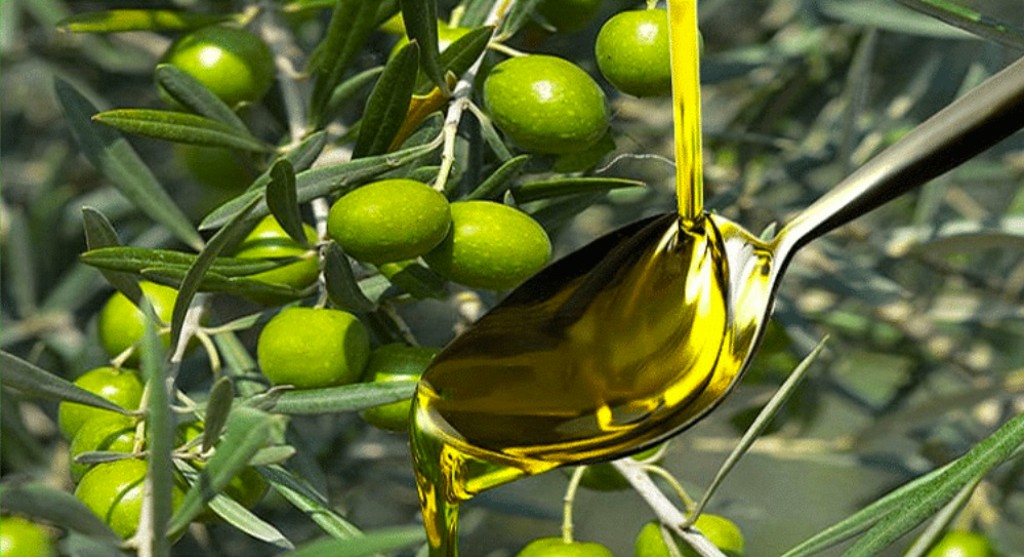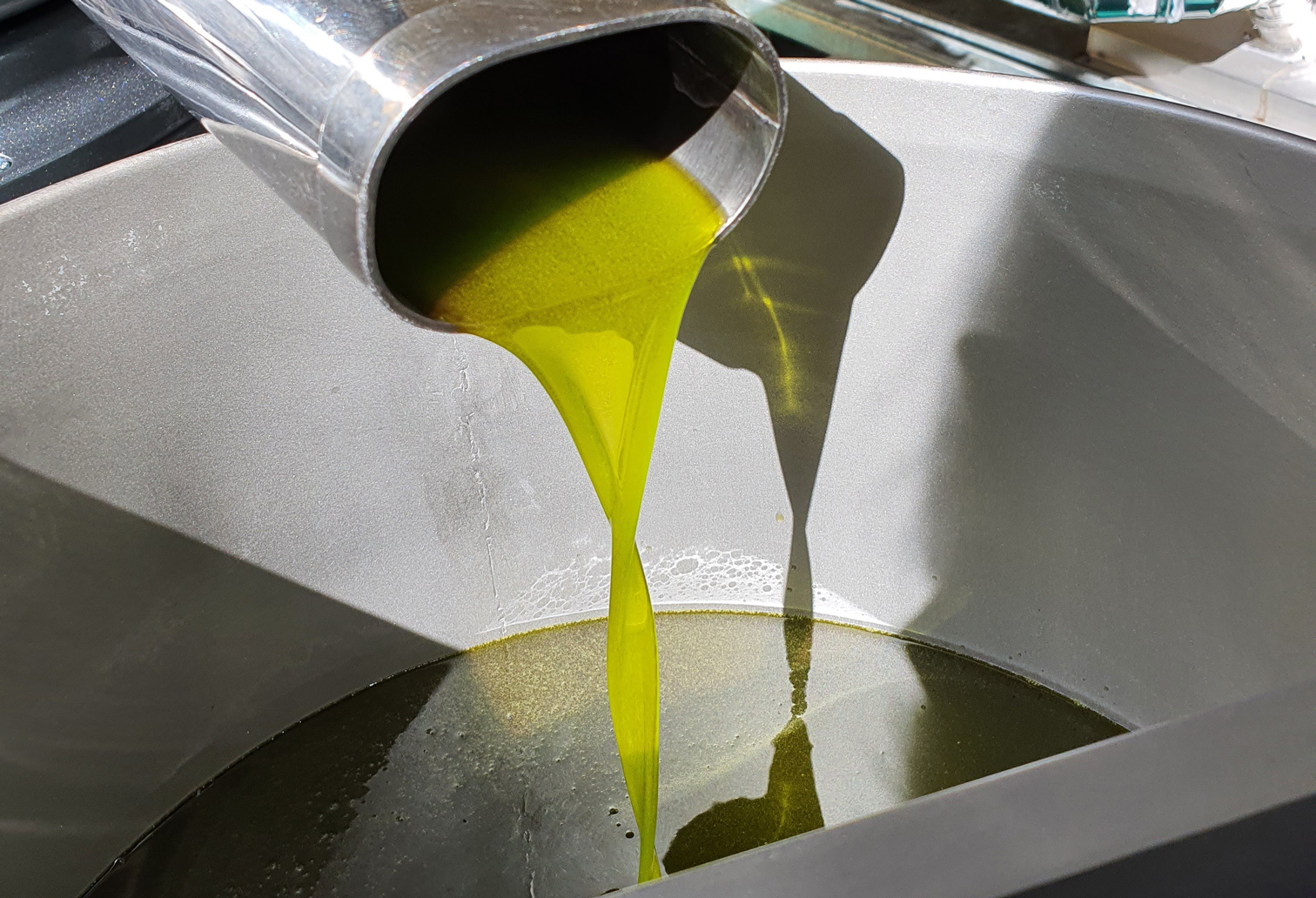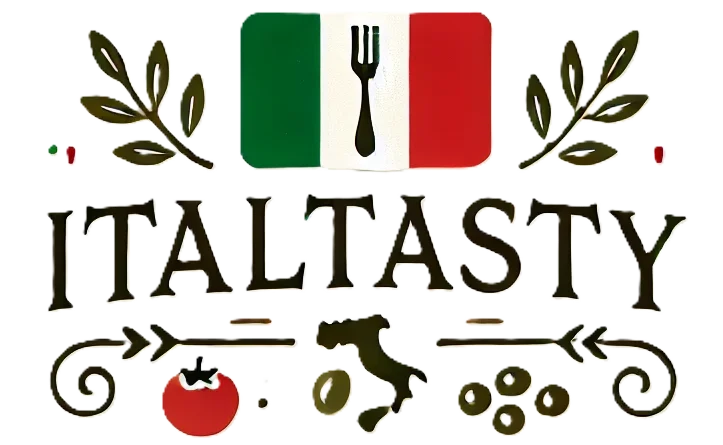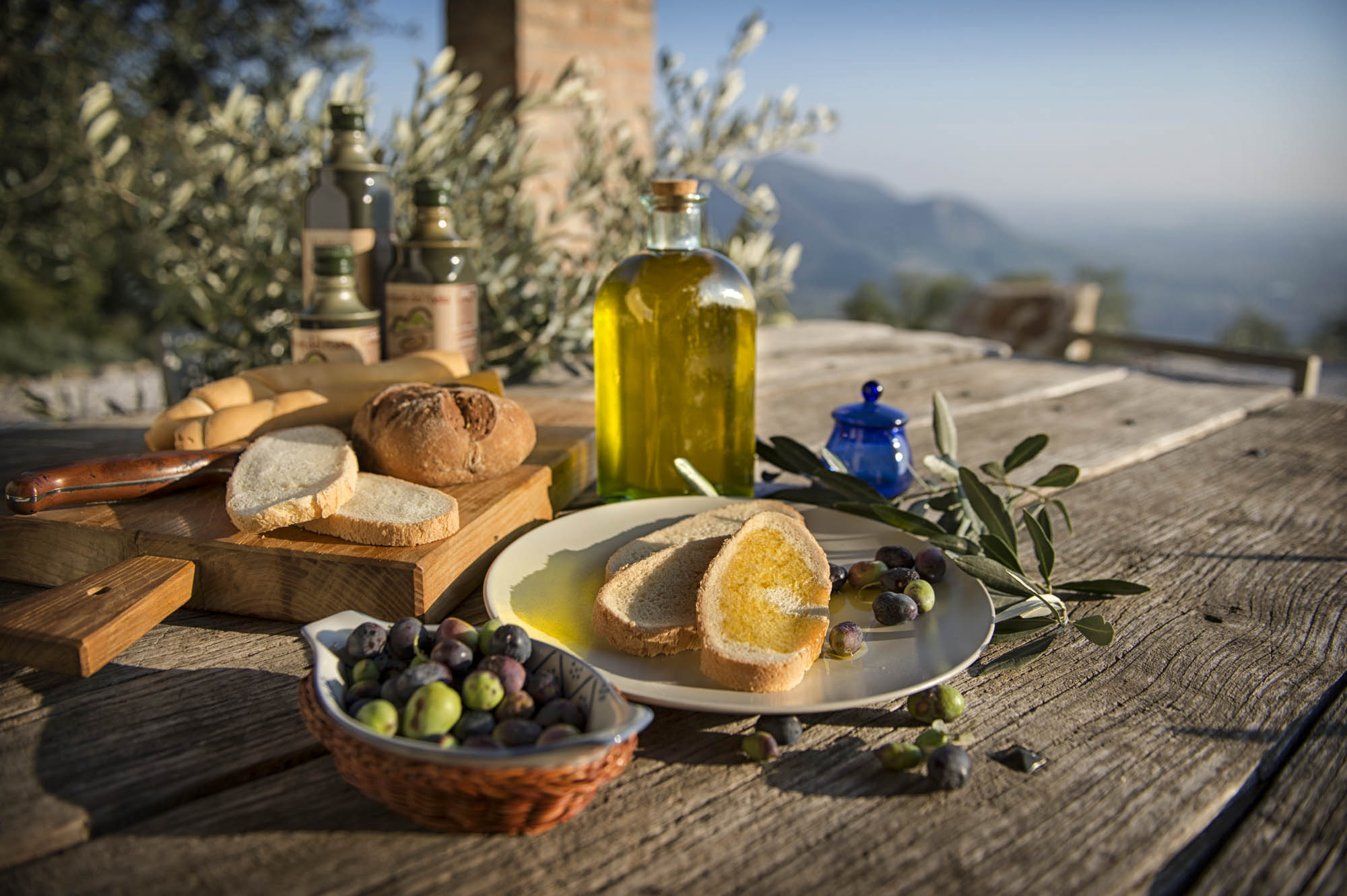Italian Olive Oil - Tradition, Quality, and Health Benefit
Italian olive oil is more than just a cooking ingredient; it is a symbol of tradition, quality, and health. With a history dating back thousands of years, olive oil has been a staple in Mediterranean cuisine, valued for its rich flavor and numerous health benefits. Whether drizzled over a fresh salad, used in cooking, or simply enjoyed with rustic bread, Italian olive oil brings a touch of authenticity to every dish. In this comprehensive guide, we explore everything about Italian olive oil—from its origins and production process to its varieties, health benefits, and how to choose the best one for your needs.
The History of Italian Olive Oil

The cultivation of olives in Italy dates back to ancient times, with evidence of olive oil production as early as 4000 BC. The Greeks and Romans played a crucial role in spreading olive oil culture, recognizing its value not just for cooking but also for medicinal and religious purposes.
During the Roman Empire, olive oil became a key trade commodity, with Italy emerging as a primary producer. Over the centuries, Italian farmers refined their cultivation and production techniques, ensuring that Italian olive oil remained one of the finest in the world. Today, Italy is one of the top olive oil producers globally, with regions like Tuscany, Puglia, Sicily, and Liguria known for their exceptional oils.
The Olive Oil Production Process
1. Harvesting
The olive harvest typically occurs between October and December, with farmers carefully handpicking the olives to prevent damage. Some producers use mechanical methods, but handpicking is often preferred for maintaining quality.
2. Milling & Crushing
Once harvested, the olives are washed and crushed into a paste using stone or modern steel mills. This process releases the oil from the olives without excessive heat, preserving the flavors and nutrients.
3. Pressing & Extraction
The paste undergoes a gentle pressing to extract the liquid, which consists of oil and water. Modern techniques use cold pressing (below 27°C) to ensure the highest quality oil.
4. Separation & Bottling
After extraction, the oil is separated from the water and any remaining solids. It is then filtered or left unfiltered for a more robust taste. Finally, the oil is bottled and stored in dark glass containers to protect it from light and oxidation.
Types of Italian Olive Oil
Italian olive oil is categorized based on its production method and quality. The most common types include:
1. Extra Virgin Olive Oil (EVOO)
-
The highest quality, obtained through cold pressing without chemical treatments.
-
Rich in antioxidants and healthy fats.
-
Perfect for raw consumption, drizzling over salads, and dipping bread.
2. Virgin Olive Oil
-
Slightly lower quality than EVOO but still cold-pressed.
-
Can be used for cooking but lacks the depth of flavor found in EVOO.
3. Refined Olive Oil
-
Chemically processed to remove impurities.
-
Lighter in taste and commonly used in mass-market products.
4. Pomace Olive Oil
-
Extracted from the olive residue after pressing.
-
Used mainly for industrial and restaurant frying purposes.

Best Olive Oil Producing Regions in Italy
Each region in Italy produces olive oil with unique characteristics. Here are some of the most famous:
-
Tuscany – Known for its robust, peppery extra virgin olive oil, often with hints of artichoke and green almonds.
-
Puglia – The largest producer in Italy, offering a variety of oils from delicate to intensely fruity.
-
Sicily – Produces golden-green olive oils with a well-balanced, slightly spicy taste.
-
Ligurian Riviera – Offers mild, buttery olive oils, perfect for delicate dishes.
Health Benefits of Italian Olive Oil
Olive oil is a cornerstone of the Mediterranean diet, known for its numerous health benefits:
1. Heart Health
-
Rich in monounsaturated fats, which help reduce bad cholesterol and improve heart function.
2. Antioxidant Power
-
Contains powerful antioxidants, such as polyphenols and vitamin E, which combat free radicals.
3. Anti-Inflammatory Properties
-
Helps reduce inflammation in the body, which is linked to chronic diseases.
4. Digestive Aid
-
Supports healthy digestion and may help prevent ulcers and gastritis.
5. Skin & Hair Benefits
-
Used in skincare for hydration and anti-aging properties.

How to Choose the Best Italian Olive Oil
With so many options on the market, selecting the best olive oil can be overwhelming. Here are key factors to consider:
1. Look for the Label
-
DOP (Denominazione di Origine Protetta): Ensures the oil is produced in a specific region using traditional methods.
-
IGP (Indicazione Geografica Protetta): Guarantees a link between the product and its region of origin.
2. Check the Harvest Date
-
Always choose fresh olive oil (preferably within the last year) for the best flavor and health benefits.
3. Color Isn’t Everything
-
Olive oil can range from golden yellow to deep green, but color doesn’t determine quality. Always rely on taste and aroma.
4. Opt for Dark Bottles
-
Light and heat can degrade olive oil, so buy products in dark glass bottles or tin containers.
5. Taste & Smell
-
High-quality EVOO should have a fresh, grassy aroma with a balanced, slightly peppery finish.
Cooking with Italian Olive Oil
Olive oil enhances the flavor of many dishes. Here are the best uses for each type:
Best Uses for Extra Virgin Olive Oil
-
Drizzling over salads and grilled vegetables.
-
Finishing soups, pasta, and grilled meats.
-
Dipping with fresh bread.
Best Uses for Virgin & Refined Olive Oil
-
Sautéing vegetables and seafood.
-
Making sauces like pesto or marinades.
-
Light frying at low temperatures.
Best Uses for Pomace Olive Oil
-
Deep frying due to its high smoke point.
-
Large-scale cooking in restaurants.
Storing Italian Olive Oil
To preserve the quality and freshness of your olive oil:
-
Store in a cool, dark place away from direct sunlight.
-
Keep the bottle tightly sealed to prevent oxidation.
-
Use within 6-12 months for optimal taste.
Conclusion
Italian olive oil is a culinary treasure, celebrated for its flavor, history, and health benefits. Whether you’re using it in traditional recipes or simply drizzling it over a meal, choosing a high-quality Italian extra virgin olive oil ensures authenticity and excellence. By understanding its origins, varieties, and uses, you can fully appreciate why Italian olive oil remains one of the most prized ingredients in the world.
So, next time you reach for a bottle, savor the rich history and tradition in every drop. Buon appetito!



